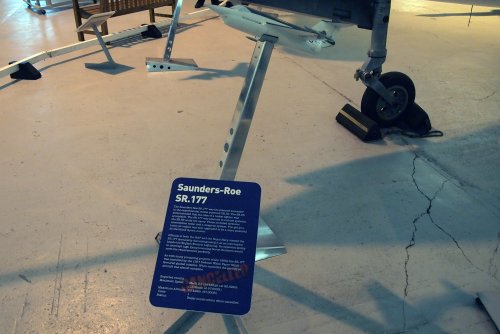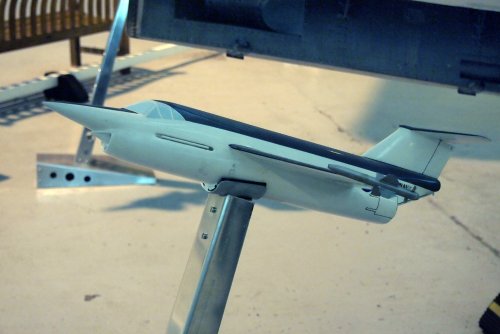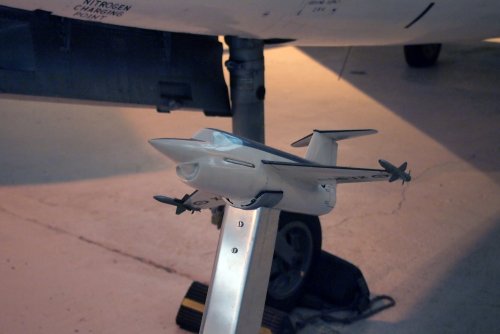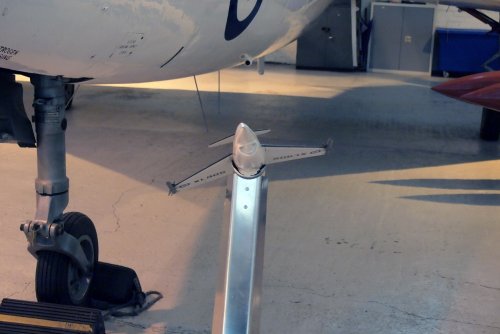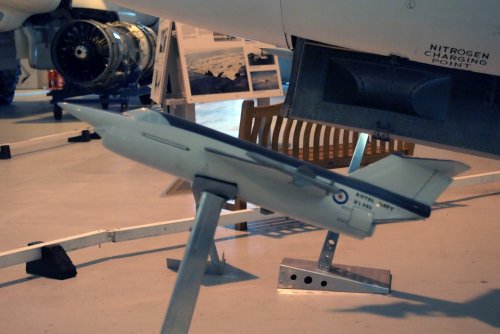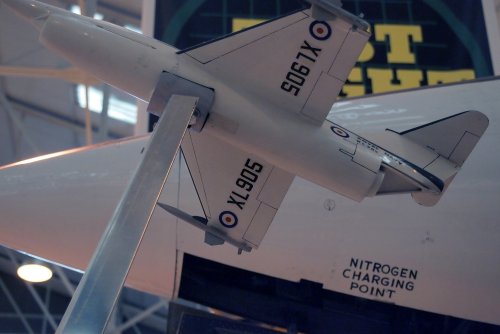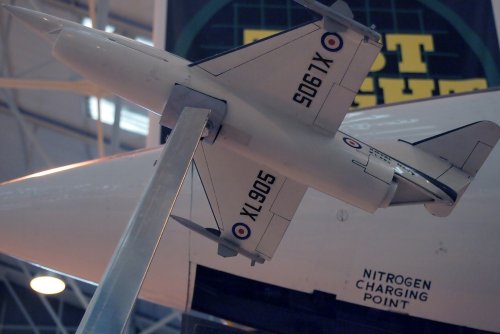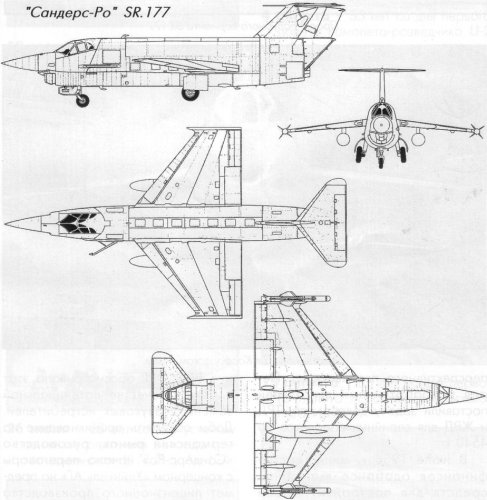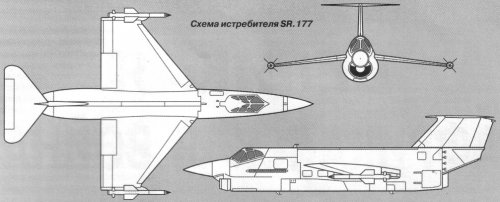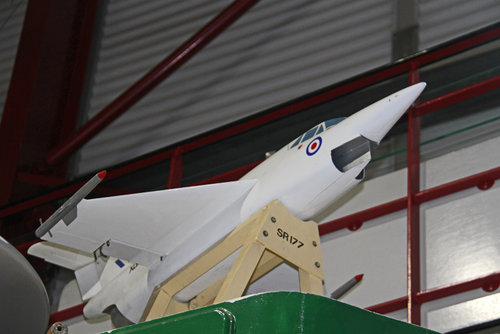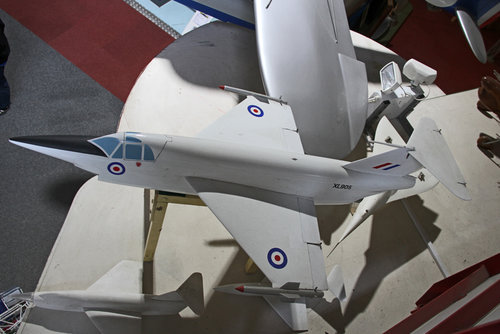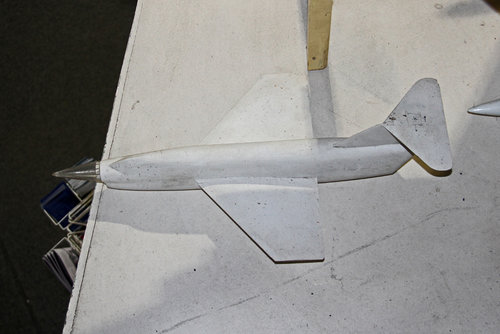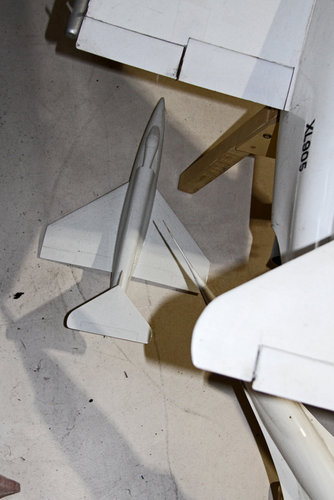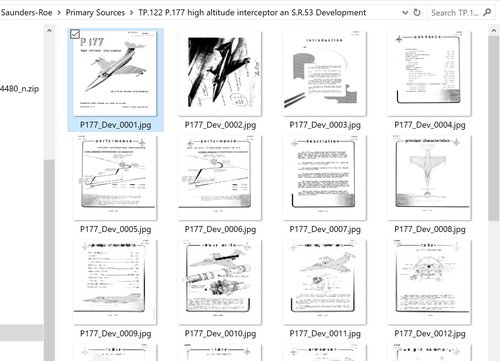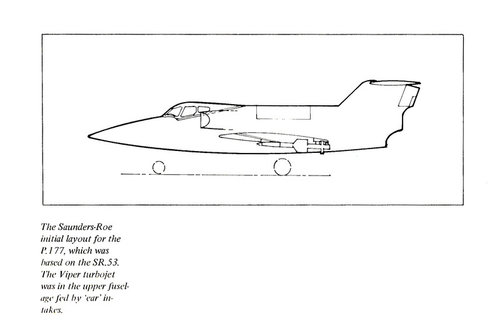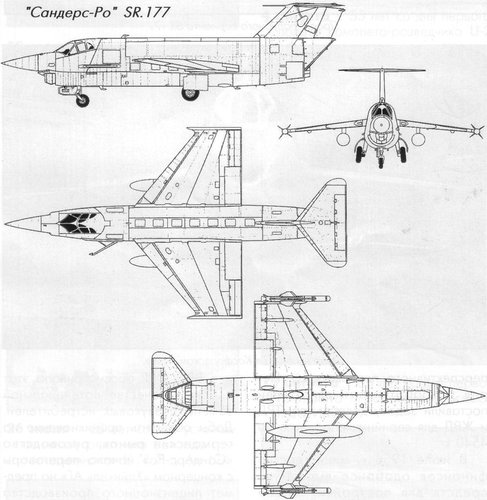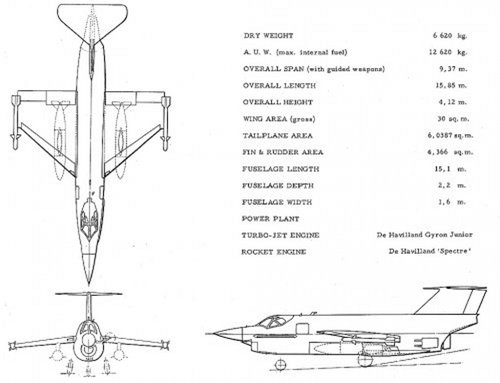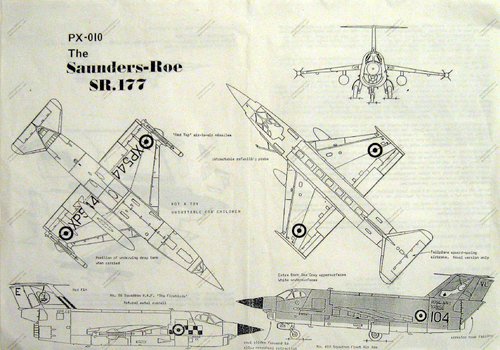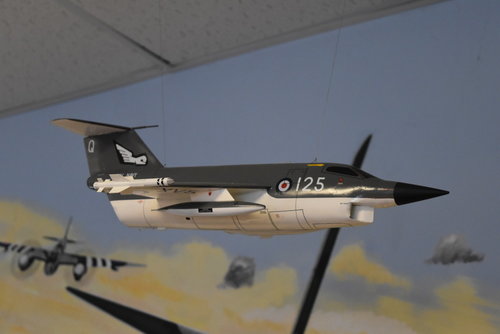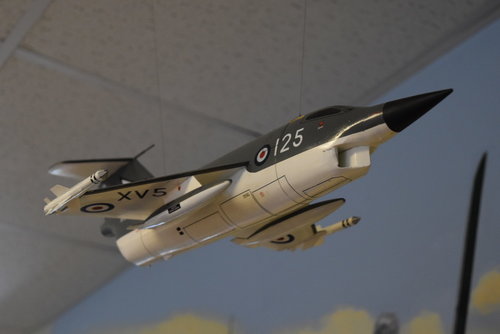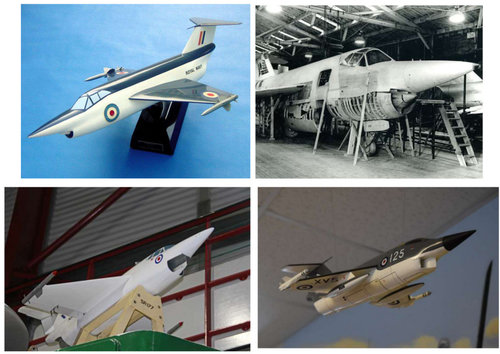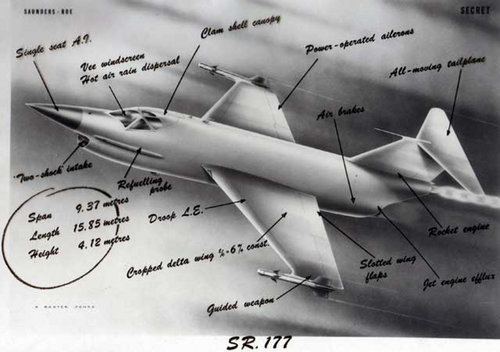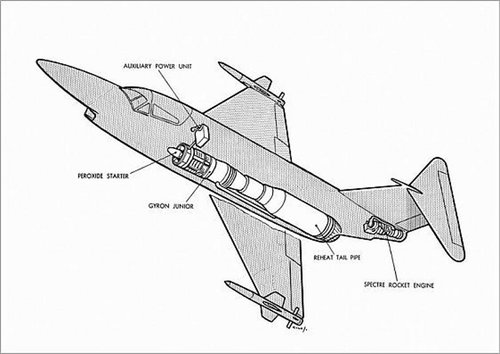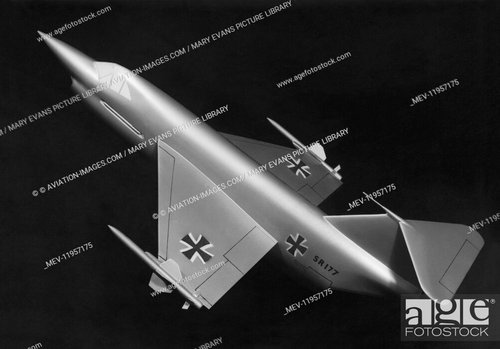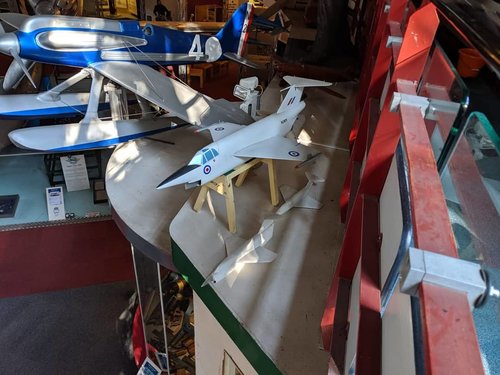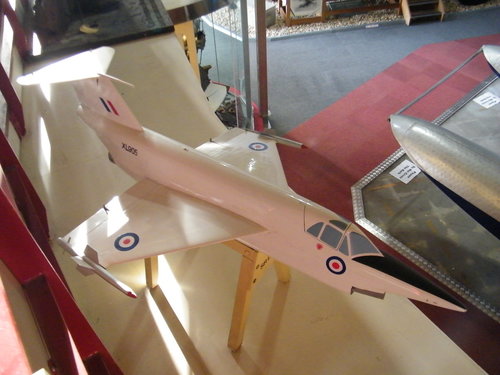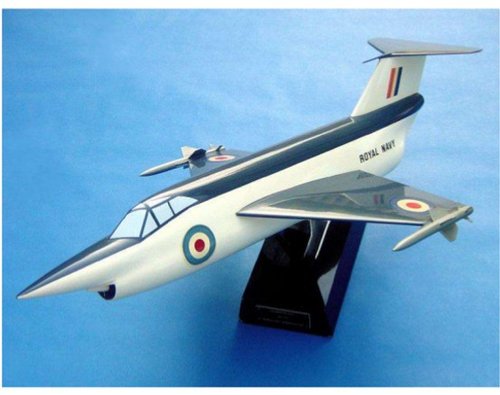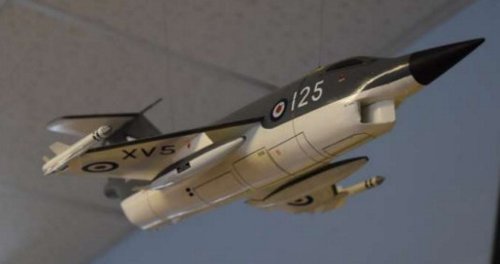- Joined
- 22 April 2012
- Messages
- 2,257
- Reaction score
- 2,292
Abraham Gubler said:HMS Eagle was being refitted at that time to cary the fuel tanks needed for the Hydrogen Peroxide fuel for the rocket motor.
That is incorrect; Eagle's modernisation did not start until 1959- no work was done on her to actually install HTP tanks. In preparation for that modernisation, prior to the cancellation of the SR.177, considerable work was undertaken to develop HTP tanks, plumbing, protective suits for crew and associated procedures as well as drawings being produced to install the required equipment in Eagle. However, no such installation work ever occurred.
MrT and Charlesferdinand,
The SR.177 would have been a replacement for the abysmal Scimitar in the day-fighter role, the air wing considered for Eagle in 1956/7 consisted of 12 x Buccaneer, 10 x Sea Vixen, 12 x SR.177, 14 x Gannet ASW and 2 x SAR helicopters, the cancellation of the SR.177 resulted in the fast-jet element of UK carriers being consolidated on the Sea vixen and the Buccaneer. In terms of use, the SR.177 would probably have been used in the same way as the Scimitar was- under GCI (SCI if you will) from the carrier using it's own Type 984 radar and radar feeds sent from escorting destroyers by datalink coordinated through the ADA system.

